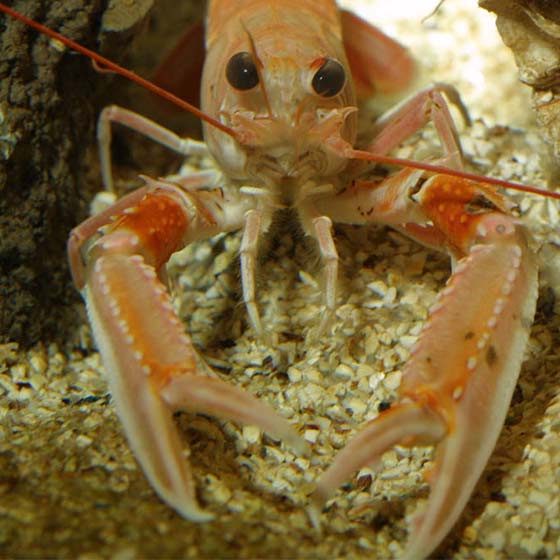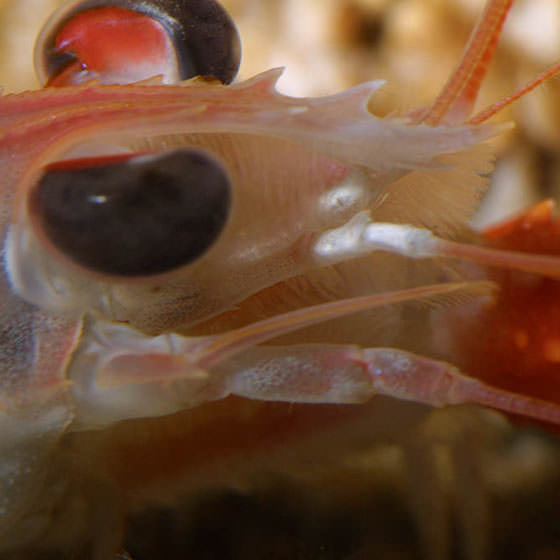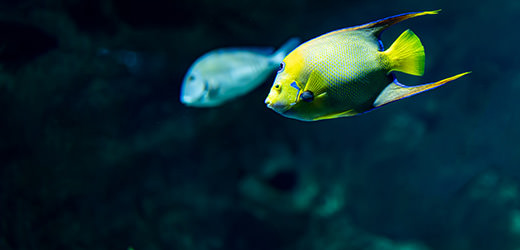Biology
Langoustines live in burrows that they dig in the mud at depths of 15 to 800 m.
They leave their homes at dawn and dusk to look for food: worms, crustaceans, molluscs, and so on. Like all crustaceans, as langoustines grow, they regularly shed their too-small shells to make another, bigger one.




